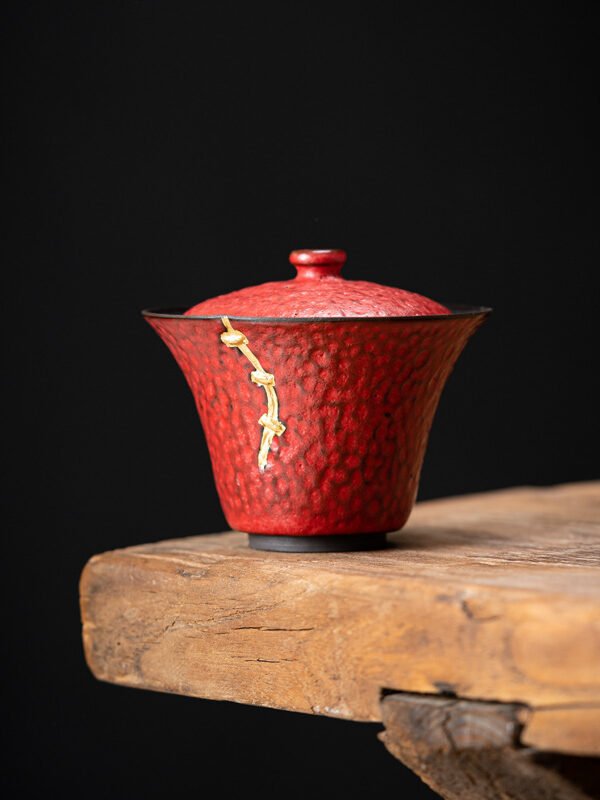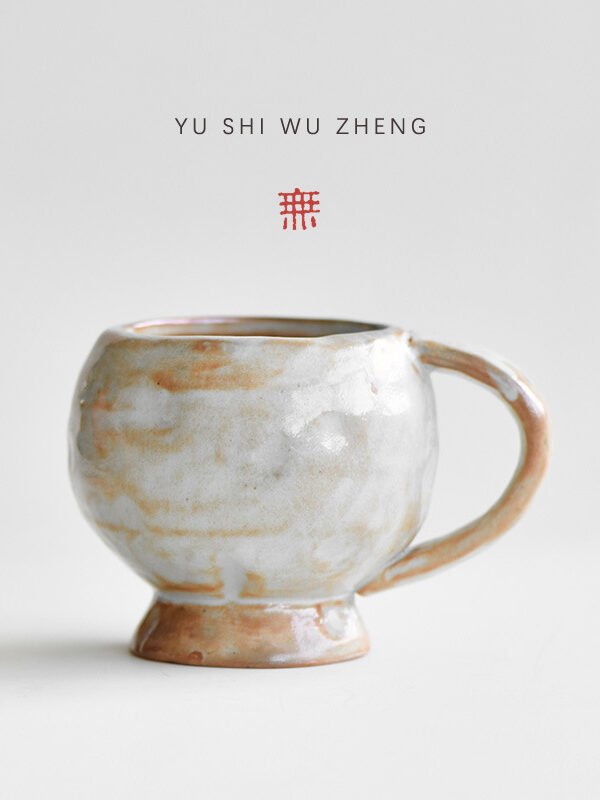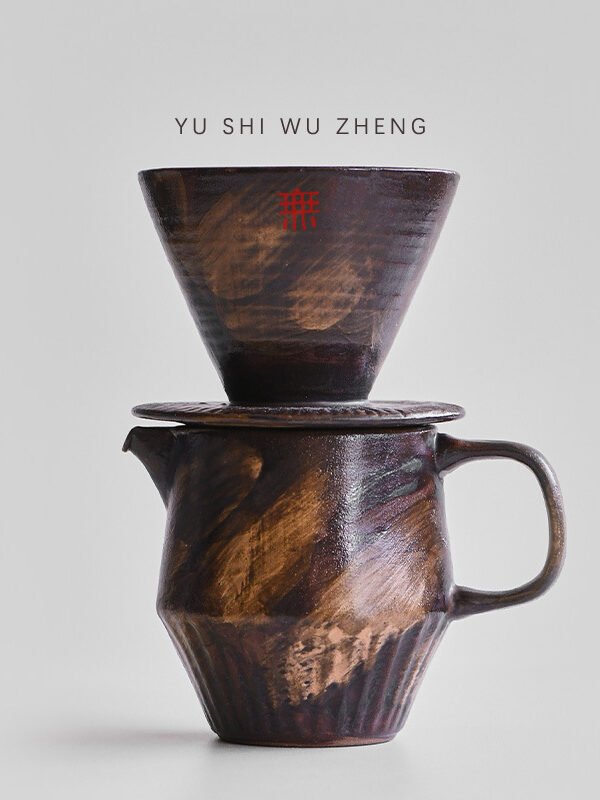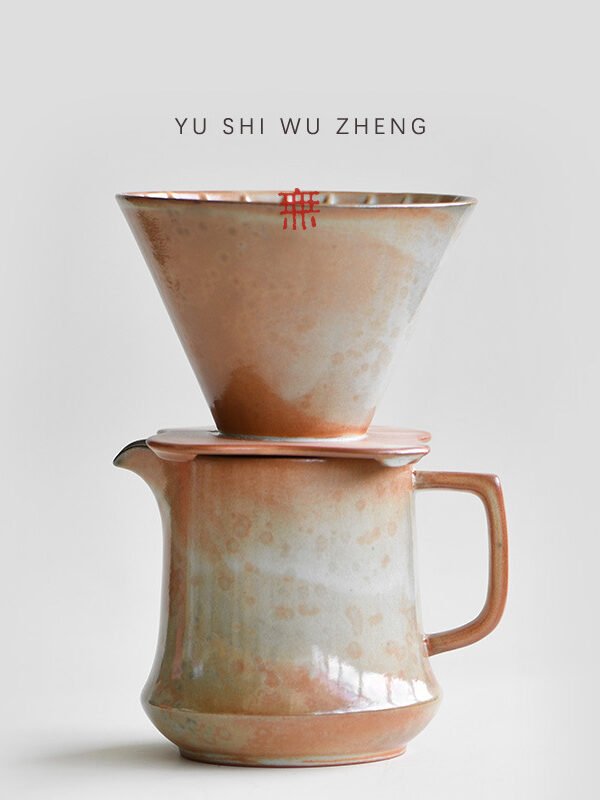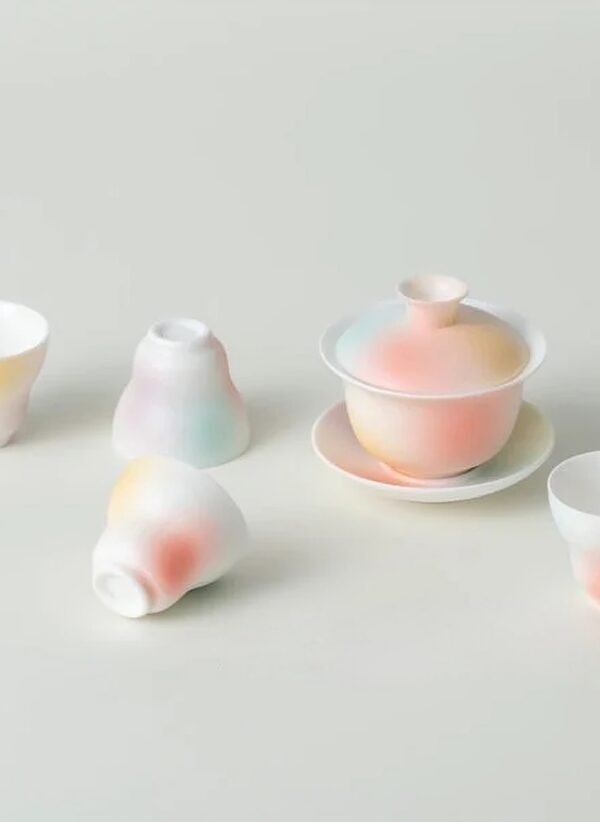Part 1: A Cup That Holds the World
I poured tea into a ceramic cup this morning and thought about its journey—not just the tea leaves, but the cup itself. In every country, tea is more than a drink; it’s a ritual, a connection, a story. And the teaware? It’s the heart of that story. From China to England, Japan to Morocco, the vessels we use for tea shape the experience.
On our site, we have teaware that honors these traditions. Let’s travel the world and see why teaware is so important in different tea cultures.
Part 2: China—Teaware as an Art Form
China, where tea began, treats teaware like art. A small clay teapot, a Gaiwan like the ones on our site, isn’t just a tool—it’s a masterpiece. The Yixing clay teapots, for example, are prized for their ability to absorb tea flavors over time, enhancing each brew. The Gaiwan’s wide bowl lets you see the leaves unfurl, making the process a visual delight.
“Why do you use such a tiny cup?” my friend asked as I poured oolong. “It’s part of the ritual,” I said. In China, teaware is about precision—small cups for sipping, Gaiwans for steeping, all designed to bring out the tea’s essence and honor the moment.

Part 3: Japan—Teaware as a Path to Zen
In Japan, tea is a ceremony, and teaware is a path to zen. The matcha bowl, or chawan, is often handmade, with a rough glaze that feels natural in your hands. On our site, we have chawans with earthy tones, perfect for whisking matcha. The shape—wide and shallow—lets you froth the tea just right, while the texture connects you to nature.
I used a chawan for a tea ceremony once, and the act of holding it, whisking the matcha, felt meditative. Japanese teaware isn’t just functional—it’s spiritual, guiding you to mindfulness with every sip.

Part 4: England—Teaware as a Symbol of Elegance
In England, tea is about tradition and elegance, and teaware reflects that. A classic English teapot—white porcelain, often with floral patterns—is a centerpiece of afternoon tea. The cups are delicate, with saucers to catch drips, and the teapot’s spout pours smoothly for a perfect serve.
I have a porcelain teapot from our site that I use for English breakfast tea. “It makes tea feel so fancy,” my sister said as I poured. In England, teaware is about refinement—it turns a simple drink into a moment of sophistication, a nod to history.

Part 5: Morocco—Teaware as a Sign of Hospitality
Moroccan tea culture is about warmth and welcome, and teaware plays a big role. The traditional teapot, often silver with a curved spout, is designed for pouring from a height—aerating the mint tea and creating a frothy top. The small glass cups, often colorful, are made to hold the hot, sweet tea without burning your fingers.
I tried pouring tea the Moroccan way with a teapot from our site. The high pour was tricky, but the result was delicious. In Morocco, teaware isn’t just practical—it’s a symbol of hospitality, a way to show guests they’re cherished.
Part 6: India—Teaware as a Bridge to Community
In India, tea—or chai—is a daily ritual, often shared on the streets or at home. The teaware is simple but meaningful. Small clay cups, called kulhads, are used for their earthy flavor and eco-friendly nature. On our site, we have rustic clay cups that echo this tradition. They’re unglazed, letting the tea take on a subtle clay taste.
I shared chai with friends using these cups, and the clay made it taste richer. “It’s like drinking history,” one of them said. In India, teaware connects people—it’s humble, communal, and full of heart.
Part 7: Turkey—Teaware as a Cultural Icon
In Turkey, tea is a way of life, served in small, tulip-shaped glass cups that show off the tea’s deep red color. The glasses are often paired with tiny saucers and held in metal holders to keep your fingers safe from the heat. The teapot, a double-stacked design, brews strong tea on top and hot water below.
I used a Turkish-style glass cup from our site to sip black tea. The shape felt elegant, and the glass let me admire the tea’s hue. In Turkey, teaware is iconic—it’s part of the culture, a daily ritual that brings people together.
Part 8: Russia—Teaware as a Blend of Function and Art
Russian tea culture uses a samovar—a large metal urn that keeps water hot for hours. The tea is brewed strong in a small teapot on top, then diluted with the hot water. The cups are often glass, held in ornate metal holders called podstakanniks, which are both functional and decorative.
I tried this method with a small teapot from our site, pouring into a glass cup. The holder kept my fingers cool, and the setup felt like a piece of art. In Russia, teaware is practical but beautiful—a balance of use and tradition.
Part 9: The Universal Role of Teaware
Across these cultures, teaware does more than hold tea—it shapes the experience. In China, it’s about art and precision; in Japan, it’s about zen; in England, it’s about elegance; in Morocco, it’s about hospitality; in India, it’s about community; in Turkey, it’s about identity; in Russia, it’s about function and beauty. Each piece of teaware is designed with purpose, reflecting the values of its culture.
Our teaware on the site draws from these traditions—clay cups for India, porcelain for England, chawans for Japan. They’re not just objects; they’re bridges to the world’s tea cultures.
Part 10: Bring the World to Your Table
Ready to explore tea culture? Browse our site for teaware that connects you to these traditions. Try a Gaiwan for Chinese tea, a chawan for Japanese matcha, or a rustic clay cup for Indian chai. They ship fast, packed tight, arrive safe. Not right? We’ll fix it.
I keep a few pieces on my shelf now—each one a window to a different culture. Find yours, brew a cup, and let the world’s tea traditions warm your home.

